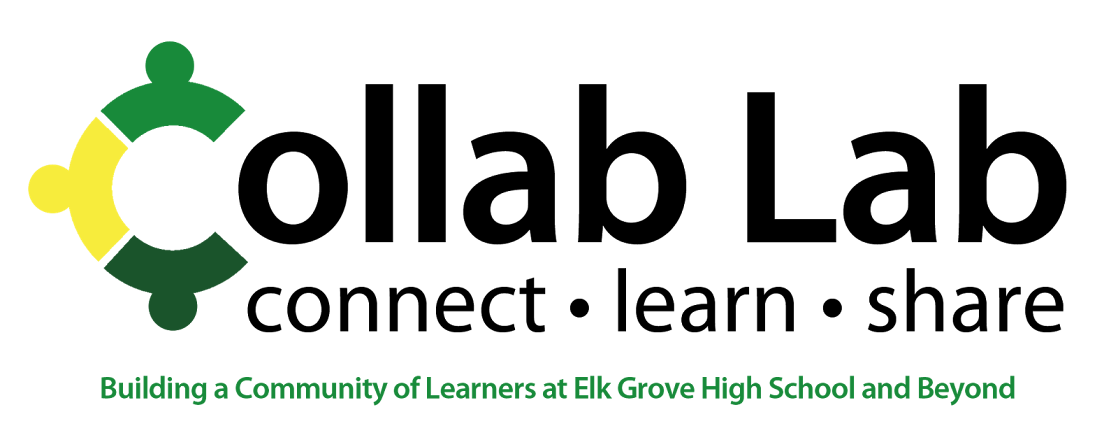Over the summer, I read David and Goliath: Underdogs, Misfits, and the Art of Battling Giants by Malcolm Gladwell. One of the things that struck me was the concept of relative deprivation. Relative deprivation is when people compare themselves to others and feel they are inferior based on other's ability. I see this clearly in coaching running. Many students will not even come out to the sport because they can very visibly compare their mile time to other students. They do not see they can improve and therefore, do not come out for the sport.

The problem with the A, the best, and the 100%, is it is unrealistic. One of the classes I teach is AP World. The highest score a student can get on an essay is a nine. I have been to the AP reading and I graded somewhere around one-thousand essays. I graded only one nine. One nine out of a thousand. Furthermore, a student can get a five out of nine on the essays and still be on their way to getting the highest score on the AP exam.
It is hard to be perfect. I think it is harder to show kids an essay at their ability that is below the best and be okay with it. Sometimes it feels we are lowering the bar. Last year in AP, I showed more of the five out of nine essays and my scores went up. Kids were not confused or looking at an unobtainable writing sample.
One of the best changes the Human Geography PLT made this semester was norming the average writing. It took time and discussions about what we thought the average student's writing should be. We started with the average and worked up. The result is being able to show more student samples at the average level. The process helped me guide students to better writing and meet them where they are.


No comments:
Post a Comment
Note: Only a member of this blog may post a comment.